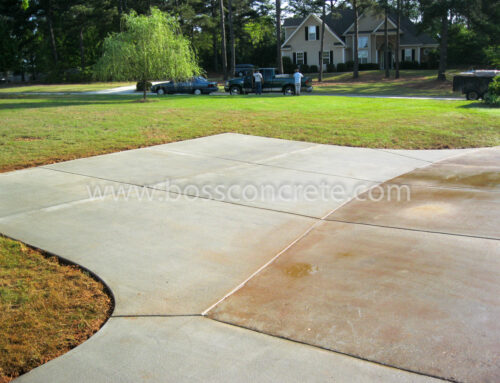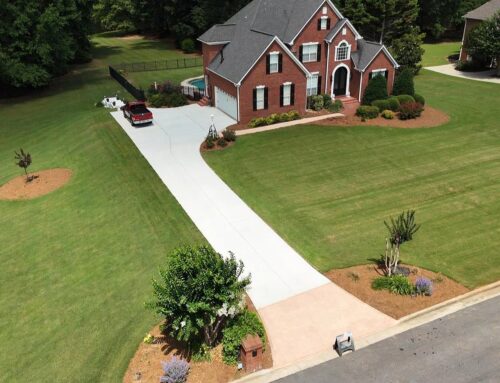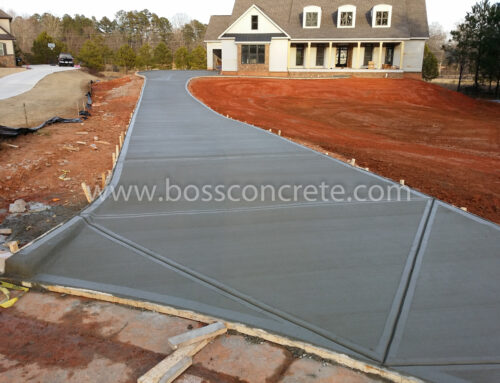We recently had the pleasure of collaborating with Earthscape Designs in Newnan, GA, on a unique interior project. Instead of the standard grey concrete slab, we used a stunning Solomon Rawhide color to create a vibrant and inviting space.
This wasn’t just a surface stain or paint – the color is actually mixed throughout the concrete itself. This means it will stay beautiful and consistent for years to come, with no need for reapplication!
The Impact of Color
The Solomon Rawhide hue completely transformed the room. It moved away from the typical stark grey concrete look, creating a softer and more inviting atmosphere. This demonstrates the power of color in concrete design – it can truly elevate a space and set the mood.
Beyond Grey: Explore Your Options
Many people might not realize the wide range of color possibilities for concrete. At [Your Company Name], we offer a variety of permanent color options to suit your vision. Whether you’re looking for a bold statement piece like this project, or a more subtle and elegant tone, we can help you achieve the perfect aesthetic for your next concrete project.
Finding Your Perfect Shade
Don’t be limited by traditional grey concrete! We offer a wide range of permanent color options to match your vision. Browse our photo gallery for inspiration, but remember – concrete is a unique material, and slight variations can occur. These reference points are a great starting point, but the final color will depend on factors like:
-
Variations in Mix Design: Concrete itself is a mixture of cement, aggregates (sand, gravel), water, and sometimes admixtures. Even slight variations in the proportions of these components, particularly the water content, can affect the final color.
-
Curing Process: The curing process, which involves keeping the concrete moist for a specific period, significantly impacts color. Temperature, humidity, and evaporation rates can all influence how the concrete cures and ultimately affect the final shade.
-
Subgrade Conditions: The existing ground beneath the concrete slab can also influence color. Variations in soil composition, moisture content, and presence of organic materials can subtly alter the way the concrete cures and absorbs color.
-
Color Pigments: Concrete color pigments themselves can have slight variations from batch to batch, even with the same brand and color name. These microscopic differences can translate to subtle variations in the final poured concrete color.
-
Lighting Conditions: Lighting plays a big role in how we perceive color. The same concrete slab may appear slightly different depending on the time of day, natural light exposure, and surrounding elements.
Ready to Add Color to Your Concrete Dreams?
Contact us today for a free consultation! We’ll discuss your project goals, explore color options, and provide a customized quote. Let’s work together to create a stunning and functional concrete surface that reflects your unique style. Get your Free Quote here.





